Out attachment with nature is indefinable. We cannot express in words how much we admire nature or how compactly and complexly we are attached to it. It is not sudden magic. Neither it must do anything with the trend.
As a human, we have grown and evolved with nature side by side evolving and changing. Nature has given us enormous assets and sources and has also astonished us from its belongings.
Whether it is plants, fruits, flowers, shrubs, herbs, and many unaccountable things nature has given us, it is challenging to list them all. It has a proper record of them with a useful identification guide that has full details of everything that belongs to nature.
In the vast section of earth’s belongings, you will find millions and trillions of data regarding those who reside and thrive on this earth. But still, we have not covered even half of it, isn’t it astonishing?
Here, we have collected data like the tip of a needle from the ocean of information hidden in nature. This article will give the details of houseplants, which is a common thing everyone has nowadays.
Millions of plants that fall into this category of houseplants and collect their data will take a lifetime of someone. Even a single type of houseplant has different varieties as they all grow in different conditions, which is provided by us.
Ways to Identify Houseplants
If you are thinking about how on earth someone takes record of plants and even animals whereas everything differs country by country, we must tell you that it is done on a broad scale.
The first categories them in an extensive section. They make it shorter and shorter until they fit a single plant in a single category, or we can say until they end up sectioning all the plants in their respective section.
Among all the criteria of categorizing and identifying houseplants, one of the easiest and most common ways is to Identify houseplants from leaves. Leaves have a lot of things to say. Leaves are like a messenger of plants.
Through them, you can say a lot about your houseplants. They show a lot of reactions in response to the condition the plant is kept in. Different colors on the leaves of a single plant convey specific messages.
Whether it is a spot-on leaf, fainting of color, dryness of leaves, every single response tells us something.
Let us understand our houseplants much better and know how we can Identify what type of houseplant we have or we should have by finding their ideal condition to grow correctly.
1. Anthurium Flamingo Flower

This is the most common houseplant, and there are chances that it may be present in your house. Plant enthusiasts prefer to have this beauty. Because it looks bright and native to all continents except some part of Europe and Antarctica, of course.
Their leaves are glossy and have brought dark green color as well. It has a pointed shape that bends down at the ends and has veins as well.
Flowers are quite beautiful, having male parts protruding outwards and simple designs with simple sepals and petals.
It can grow in average indoor temperature, around 25 to 26-degree Celcius, but if the temperature falls below 10-degree Celcius, it slows down this plant’s growth. It doesn’t need much warmth, but to grow efficiently, it requires humidity all the time. It fits in small pots as well, having a diameter upto 8 inches maximum.
2. Dypsis Lutescens Butterfly Palm
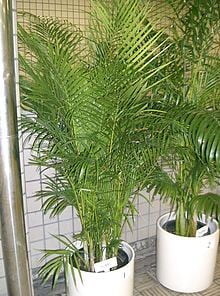
This house plant is beautiful and gives a perfect shade when used on the windowsill. Again, it has been used by many people around the globe. But initially, it belongs to Madagascar, and hence it needs better sunlight to grow effectively.
Talking about leaves, then a single branch protruding from its main stems has numerous small leaves. It is also called a butterfly palm tree due to its leaves protruding out of the stem, which looks like a butterfly’s wings. Leaves are sharp and pointed at the tip and have a color little lighter than the darker tone.
It grows readily in bright sunlight but does not put it there for long as it may get damaged as well. It is proven to filter air because of its ability to absorb several toxic chemicals from the air like benzene, formaldehyde, and many more.
3. Arrowhead Plant
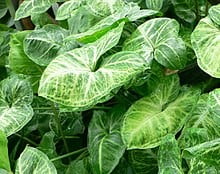
Again, a beautiful and evolved houseplant is here. This plant is called an arrowhead plant because of its leaves. Its leaves have a structure like that of an arrowhead.
It was once as green as any leaves, but over the years, it has been gone through many changes and experiments that have led to discoloration, or, we can say, acquired different color textures in its leaves. You will come along with many arrowhead plants havings white, light green, green mixed with white and many pink leaves.
One thing which is disturbing about this plant is that it is a bit poisonous. If you have children and pets in your house, then kindly replace it with another one.
4. Baby’s Tears Plants
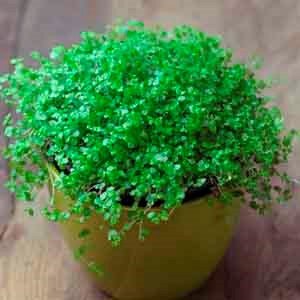
One of the most gentle and straightforward houseplants, we can agree. It is so fragile that it must be handled with care; otherwise, you will damage it for sure. It has tiny leaves having the shape of beans. It was aligned in ordered mannerly on fragile stems of it.
It can be used as a table plant as well, and if you have a balcony garden, you can hang it there without any problem. It requires a lot of attention.
One of the best and astonishing facts about this plant is that it covers the area fully over which it is placed or grown. Once it covers all the pot, it creates a mat-like appearance, which is quite remarkable to look at.
5. Bird’s-Nest Fern
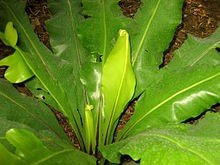
This house plant belongs to the family of ferns. Ferns grow naturally in rain forests and belongs from there as well. It is native to Africa and the Australian continent and in the rain forests of Asia as well. Therefore, it needs humidity to thrive better.
Its leaves are pointed and elongated. It comes straight from the nodes from where other leaves also protrude up. Once grown, it looks like a nest since all the leaves protrude up and form a cup-like shape.
In the beginning, its fonds looks like an egg hence its name. It is fragile and hence requires better handling and care as well.
6. Bouganvillea
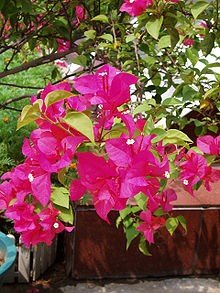
Another native of rain forests is here. If you are a plant enthusiast or have flower beds in your garden, then you may be familiar with this houseplant.
Its leaves have a cup-like structure and have a pointed tip, which is slightly bent inwards. Have a glossy green and bright texture that does not get much attention due to the bright flower.
One interesting fact about this plant is that those bright-looking sepals are not an actual flower; instead, it hides the actual flower, small and white.
7. Bromeliad- Silver Vase
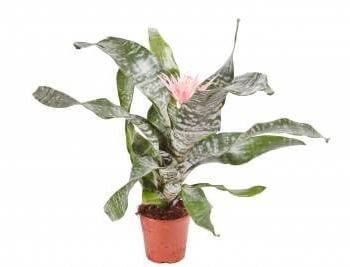
If you visit some store, then you may see this plant there. This plant is native to Brazil. You can grow it with ease as it does not need much care.
Talking about its leaves, then it is thick, elongated, and extended. It has a grey-green appearance, and it is arranged in a round circular fashion. It gives them a cup-shaped waxy structure and stores water to provide plants with the required nutrients. It takes upto four years to grow a stalk, which results in a flower.
8. Cast Iron Plant

It looks like that of bromeliad, but you will differentiate between them if you look at its leaves. Its leaves are long, pointed, coarse-textured, leathery leaves that emerge directly from the soil. Its veins look white, but when kept in shade or low sunlight, then it becomes dark green.
It is almost indestructible and easy to care for. It does not matter in which conditions you keep it; it will grow according to it.
9. China Doll Plant
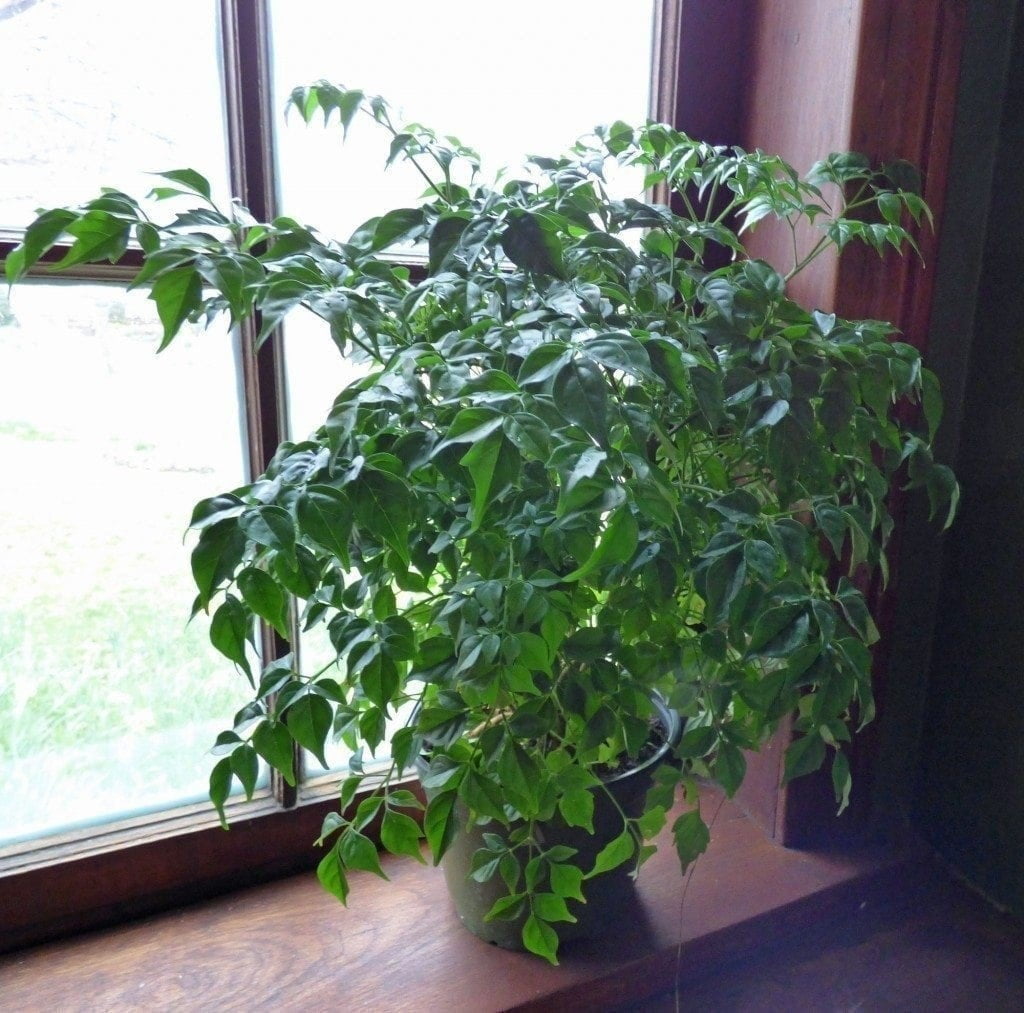
This plant is native to the mountain region of China. It proliferates that it can cover the whole pot within a few days. It is glossy, bright, and dark green leaves match beautifully with the stems.
As it gets old, it becomes more open and featherier. It must be handled with care and requires regular pruning to get the required growth.
10. Chrysanthemum Plant
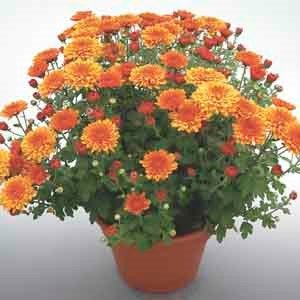
A chrysanthemum was once an outdoor plant, which is usually seen in gardens and parks. But recently it has been given by people when they meet or greet other people, and since then it has been kept inside the house and now it comes into the list of houseplants.
Monks have used it at an early age due to some profound health benefits. NASA has listed the Chrysanthemum as a plant that cleans the air of benzene, formaldehyde, and carbon monoxide.
Conclusion
We have listed the most common houseplants you will see in your nearby for sure. As you also know, listing all of them is an impossibility, and you will also not be going to read a whole of it.
Therefore, we have chosen the most common ones. Through these, you can identify your houseplants as we have mentioned significant categories of houseplants like flowering plants, ferns, palms, and many more.
If you are looking for house plant identification by leaves, then there are many apps also available. You can get it on app stores. Looking for your houseplants and reading about them is the most appropriate and efficient way to identify your house plants from leaves.










[…] best part is that you can find some with unique textures and designs like you find in houseplants. In fact, you can customize them and crave out your desired design on its upper circular surface. […]
[…] constantly under threat from spills and stains. However, a little care and a proactive approach can help you identify your house plants and to keep your furniture protected and help to minimise or even completely eliminate the damage […]
[…] sticky notes. After all, you never know whether they might fall off in transit. While packing your house plants you can either pack them in the end or in a breathable […]
[…] If your plan is to landscape with trees and shrubs in the vicinity of your garden location, choose carefully. Do some research on the type of root system different trees have as it will not be easy like houseplants. […]
[…] If your plan is to landscape with trees and shrubs in the vicinity of your garden location, choose carefully. Do some research on the type of root system different trees have as it will not be easy like houseplants. […]
[…] well but, by that point, the damage may have already been done and it is not going to be easy as house plant identification by leaf shape therefore you have to be very careful with your health. If you want to age well, you simply must […]
[…] well but, by that point, the damage may have already been done and it is not going to be easy as house plant identification by leaf shape therefore you have to be very careful with your health. If you want to age well, you simply must […]
[…] a plant or two. Aside from bringing some color into what may be an otherwise dull room, having plants in the house can have many other […]
[…] a plant or two. Aside from bringing some color into what may be an otherwise dull room, having plants in the house can have many other […]
[…] a plant or two. Aside from bringing some color into what may be an otherwise dull room, having plants in the house can have many other […]
[…] a plant or two. Aside from bringing some color into what may be an otherwise dull room, having plants in the house can have many other […]
[…] top of all this, houseplants in the bathroom can actually help to purify the air, making it a more pleasant place to spend some time, which is […]
[…] is essential to making your home a comfortable place just like adding plants in your living space. It is the key to keeping your temperature consistent and keeping your energy bills under […]
[…] bakery items). The most prevalent type of mold is the black mold. Identification of molds are as easy as house plant identification by leaf shape. Mold removal remediation needs to be undertaken immediately, or you can seek professional help […]
[…] for doing what is expected from them under the terms of your agreement. We are not asking them to identify houseplants from leaves or […]